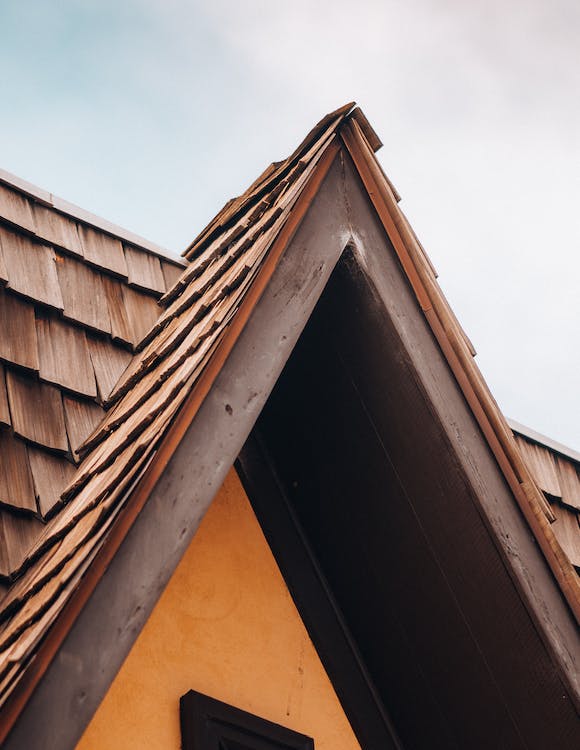Pros and Cons of a Gable Roof
by Admin

Pros and Cons of a Gable Roof
As per Civiconcepts, when children are asked to draw houses they tend to create triangular roofs with two slopes that meet at the roof ridge.
Though easy to build, IKO cautions that this type of roof design may leave homes vulnerable to wind damage if their overhangs protrude too far into the yard. Furthermore, special braces may be necessary in areas that experience harsh weather conditions to increase strength.
The Basics
Gable roofs have become increasingly popular among modern home designs. Not only are they sturdy and cost-effective to construct, but their distinctive appearance also boosts curb appeal. As with all roof shapes, however, gable roof designs present their own set of unique advantages and disadvantages that should be carefully considered before selecting this type of home structure.
Civiconcepts defines a gable roof as "a pitched roof with two sloping sides that meet to form a triangular extension at its top." These end walls, known as gables, add character and can add distinction to your home using different siding materials.
Front gable homes, which front onto either the street or primary entrance of the home, are the most frequently seen gable styles today in America. Saltbox homes – featuring one side shorter than another similar to an old-fashioned salt box used to store salt – are another common example of this design trend.
Styles
Gable roofs add an eye-catching charm to any home, whether modern country designs or Victorian cottages. Gables differ from hip roofs in that their flat surfaces create an eave, protecting against water accumulation while also offering efficient drainage. Their steeply pitched peak and lower slope ensure optimal water management and drainage, creating a timeless classic style.
Gable roofs can be constructed from any roofing material, although asphalt shingles are popular among homes located in warmer climates. Cedar shakes, metal, terra cotta or clay tiles and other options such as the ridge board should all fit seamlessly with exterior wall material and color to complete its look. Gable designs also make great use of dormers extending off either wall of a gabled roof for additional space within homes – homeowners often add one on both sides for an even more distinctive appearance.
Materials
Gable roofs can be constructed using any number of roofing materials, from asphalt shingles and cedar shakes to clay and concrete tiles. Your choice should depend on both climate and budget considerations.
No matter which roofing style you prefer, gable roofs can be constructed using relatively straightforward tools and construction techniques, making it an economical solution for those on tight construction budgets or those building their own homes.
Gable roofs are also great choices in areas prone to hurricanes, as their sloped design helps water and snow slide off instead of accumulate on it. Therefore, they're often seen on homes in coastal regions. Unfortunately, according to Long Home Products this style doesn't perform as well in windy environments due to where two sides meet acting as an attraction point for winds.
Installation
Gable roofs can be constructed using any variety of roofing material, including asphalt shingles and metal. Trusses provide more cost-effective framing options.
Gable roofs are straightforward to frame because of their limited side walls. To get started, mark each wall's length before cutting 2x4s of equal length as rafter supports to line up with each mark on both walls and nail them into place.
Gable roofs also boast the advantage of creating additional space. According to Angi and Diversified Roofing, this allows attic vents for cooling in summer and heating during winter. Furthermore, these types of roofs shed water more effectively than their hipped counterparts so require less maintenance – particularly if properly sloped.
Commercial Roofing Baton Rouge
Pros and Cons of a Gable Roof As per Civiconcepts, when children are asked to draw houses they tend to create triangular roofs with two slopes that meet at the roof ridge. Though easy to build, IKO cautions that this type of roof design may leave homes vulnerable to wind damage if their overhangs protrude…
